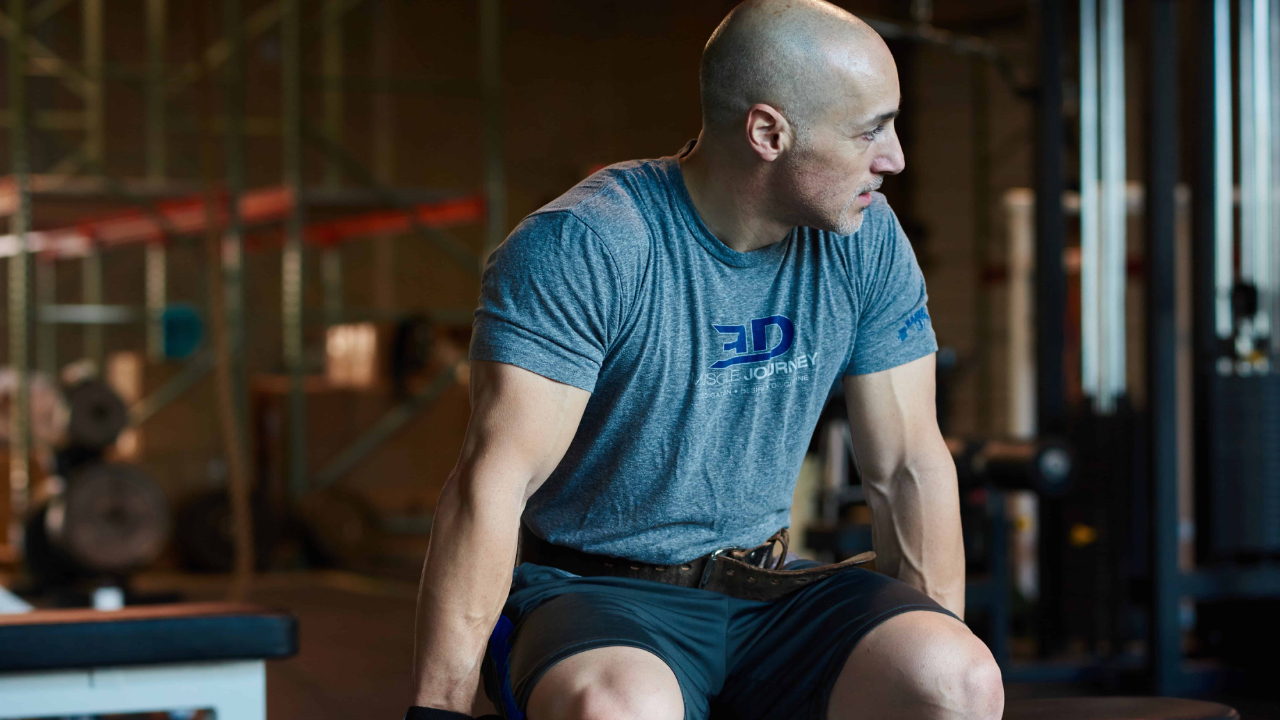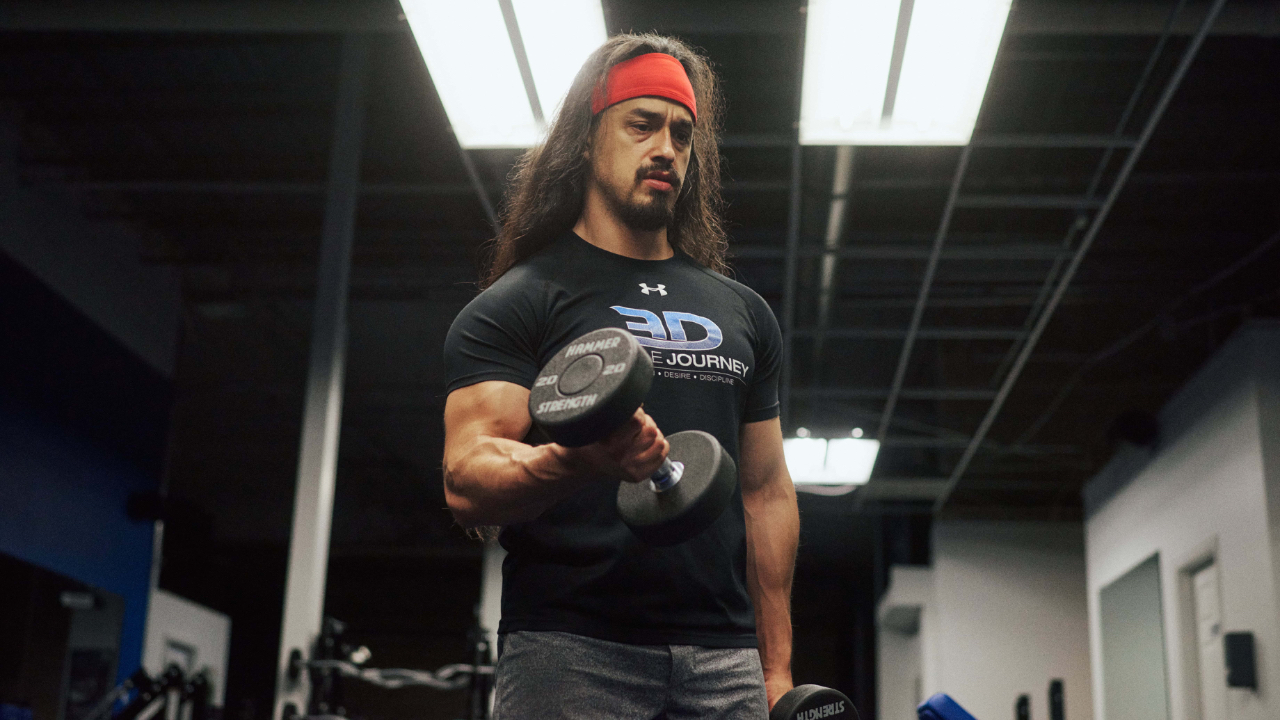BY: STEVE TAYLOR
Out of all the nutrition questions/topics/debates out there within the fitness and health community, the question of when one should weigh their meat, before cooking it, or after, consistently finds it way to the top of forum boards, YouTube comments and Snapchat Q & A’s.
This is an age-old question, that has as many people advocating on one side, as the other.
So what’s the answer?
When should you weigh your meat?
Either.
Either?
How can it be either?
Well, let’s take a look…
Nutrition Facts Label
When asking the question above, what many people want to know, is not necessarily when to weigh their meat, but rather, “What is the nutritional information found on a package of meat based on, it’s raw (uncooked) weight, or it’s cooked weight?”
For most products, the nutrition facts label is going to be based upon the products raw/uncooked weight. So when you pick-up a package of meat, for example ground beef, and the label says it contains “x” grams of protein, “x” grams of fat, and “x” amount of calories per 4 oz., these are the nutritional facts for the product when it is uncooked. This means if you are trying to get “x” grams of protein per meal, you would calculate this based off of the products raw, uncooked weight.
It’s a common misconception, that meat’s nutrition facts labels, are based upon the product’s cooked weight. People will cook the food, and THEN weigh-out the portion size they want, for example 4 oz. However, because meat on average typically loses about 25% of it’s weight during the cooking process, if you weigh your meat after you cook it, instead of consuming the protein, fat and calorie amounts listed for 4 oz., you are actually consuming quite a bit more than this, equal to that of around 5 or 5.5 oz. (more or less depending on the type of meat, and the method you used to cook it). If you do this every meal, by the end of the day, week, month, you may end up consuming significantly more calories than you thought you were, which can absolutely affect your ability to lose weight (I know what some of you are thinking at this point, and don’t worry, we will get there, I promise. Just give me a few more lines).
With all of that said…
Although most labels are based on the products raw/uncooked weight, there are some instances when these facts are based on the products cooked weight (I know confusing, right?). However, this is much less common, and when this is the case, they must indicate it, as well as which method of cooking these nutrition facts are based upon (baking, grilling, etc.). But for the most part, the nutrition facts label is based on the products uncooked weight.
Now to go Full Circle with all of this…
At the beginning, the answer to our question about when we should weigh our meat, before or after cooking it, was either. The answer is either, because when we weigh our meat isn’t the issue. The real question is:
“How do we accurately track our intake, so that the macro-nutrient/calorie amounts we record, actually match-up with what we ate?”
There are a few ways you can go about this:
1) Look at the meats nutrition facts label, and unless otherwise specified, assume the info provided is for the products raw weight. Therefore, the first method is simply to weigh the meat raw, before cooking it, and then record the appropriate values (based on the nutrition facts label) for that amount you are about to cook. Simple enough.
2) If you don’t feel like weighing-out each individual portion one at a time, raw, and then cooking these individual portions carefully spaced apart, so that they don’t get mixed together (can you tell I’ve done this before?). Weigh the meat when it’s uncooked, or look at the total amount contained in the package. After it’s cooked, re-weigh it, and then divide this new weight by the number of servings you wanted, based upon it’s raw weight. Then just portion it out.
For example: Let’s say the package of raw meat you are about to cook weighs 1 lb. If you want to make two, 8 oz. portions, knowing that this package weights 16 oz., you can cook it, weigh it after, then just divide that by two. Remember, that after cooking it, it may only weigh 12 oz., making each of the portions now only 6 oz. However, the nutrition facts for each of these meals will be equal to that of an 8 oz. portion of raw meat.
What if you don’t want to mess with weighing meat when it’s raw at all? Or you don’t know what the meat’s raw weight was, what can you do?
3) Be consistent with your cooking method. As long as you cook the meat the same way every time (baking, grilling, whatever), for the same length of time each time, this should give you pretty consistent, accurate values. Just look up the type of meat you are cooking, and the cooking method you are using to prepare it, then go by those nutrition facts (not the uncooked facts indicated on the package you bought), and cook it consistently the same way every time.
As we can see, there are a number of different ways we can go about tracking and recording our meat consumption. And that when we weigh our meat doesn’t really matter, so long as whatever method we use, allows us to accurately track it’s nutritional information.
I hope you benefited, and enjoyed reading this article. If there is anything you’d like me to write about in the future, leave it in the comments section below. You can also find me on:
YouTube: https://www.youtube.com/channel/UChfVYx4ck3pY275XlkiumGQ
Instagram: https://www.instagram.com/stevetaylorrd/
Website: http://stevetaylorrd.com/
Blog: http://stevetaylorrd.com/blog/







